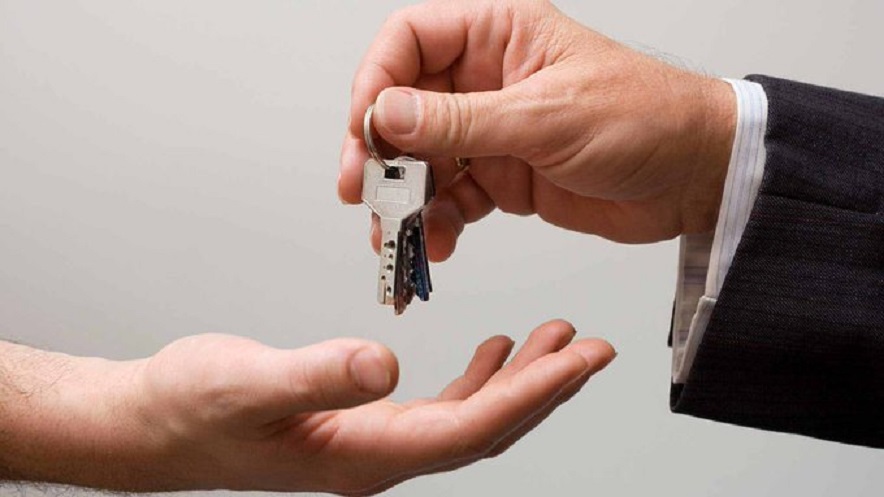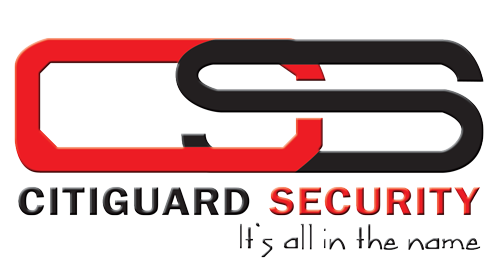
Five Qualities of a Good Key holder
Key holder UK needs to possess an efficient key holding system in place at their stores. It may help standardize the safety of the power, assist with improving key holder accountability, and aim to scale back shrink loss opportunities. Keyholders are managing personnel who are tasked with opening and shutting a store. He is performing several administrative roles. Their main responsibilities include assisting with customer service, managing the alarm, ensuring that the shop is clean and arranged.
Below are five essential key control qualities of any good Key holder should look to implement:
Identify a complementary key system
There is no one-size-fits-all key system. However, most are customizable, so find one that suits your security needs precisely. Consider factors like square footage, all lockable doors and cabinets, number of key holders and number of keys being carried, and who requires direct access. In key holding company UK, the importance of the key system will depend mainly on the store’s specific security layering with other systems like key restriction and master keying.
For instance, many retail locations already use passkey systems providing single-keyed access to all or any of the locks for a whole facility. As this is often standard practice, many retailers should recognize the associated security risks and expenses when one among these master keys is lost, stolen, or unaccounted for. Look to a key system designed to manage these situations through improved key tracking and cost-effective, rekeyable solutions.
Maximize key holder accountability with restricted keys.
The overall goal of key control systems is to limit access to any lock, drawer, cabinet, or door. The number of keys within the store must be tightly controlled and tracked to every key holder. Confirm to utilize restricted keys that are difficult to duplicate. Keys that will easily copy without approval correlates to increased liability opportunities, like shrink, theft, or fraud. Each retailer should have a longtime set number of keys per store based upon a licensed key holder listing by position.
Be prepared with a rekeyable solution.
In a fast-paced key holding service in London, keys are often accidentally misplaced, lost, or stolen. High turnover is another major issue facing key holders, so it’s important to be prepared when these situations occur. With a more extensive staff, stores must quickly weigh key security needs versus cost and convenience. It’s likely that a key will become lost or otherwise unaccounted for at some point, an employee will quit without returning their keys.
The method of replacing all affected locks becomes expensive, disruptive, and time-consuming. Rather than bringing during a locksmith or swapping cores, be prepared with rekeyable locks, which will be changed with the short turn of a key, allowing security to be restored quickly. Before any lock change, confirm to issue and track keys to key holders to help avoid operational interruptions. Once a lock or set of locks are changed, gather and properly manage all negated key sets.
Track the key system online.
A practical thanks to managing and enforcing a key system is through a web or cloud-based software program. These programs allow real-time access to security information like key holders, locations, doors, or keys themselves. When an event arises, this data can assist in collecting who, what, where, when, and how. Such programs are designed to permit access through any Internet-enabled device, helping to maximize real-time key control remotely or at the shop level. In addition, through sharing of key control information with store personnel, policy enforcement and security auditing become much simpler to manage.
Policy and procedure enforcement.
Regardless of the key system in place, confirm it’s enforceable and measurable. Policies and procedures are meant to be implemented, reviewed, and revised regularly to help stretch compliance. For instance, when issuing keys, establish and document which key holders receive which keys through a licensed key holder listing and receipt sign off procedure. Similarly, if an employee is leaving the corporate – whether the departure is amicable or not. However, add a documented exit policy to urge the key back before separation. Additionally, confirm to publish who is permitted for ordering extra copies of keys, lock changes, or service requests. With these simple procedural additions, key control exceptions are often better managed at the store level, providing audit compliance measurements. An efficient key system will regulate key quantities, help to manage who is holding them, provide publishable audit capabilities, and measure lock changes or associated service request frequencies.
All key control systems are designed to limit access, but many are only nearly as good as how well they’re managed by a key holder. Therefore, key holders should look to regularly audit their key control systems. In this way, they can identify and simplify procedures aimed toward any documentable future shrink reduction. Today, many key holders utilize just some of those cornerstone solutions. Therefore, look to feature the others to help continue contracting your security while increasing your stores’ compliance.
